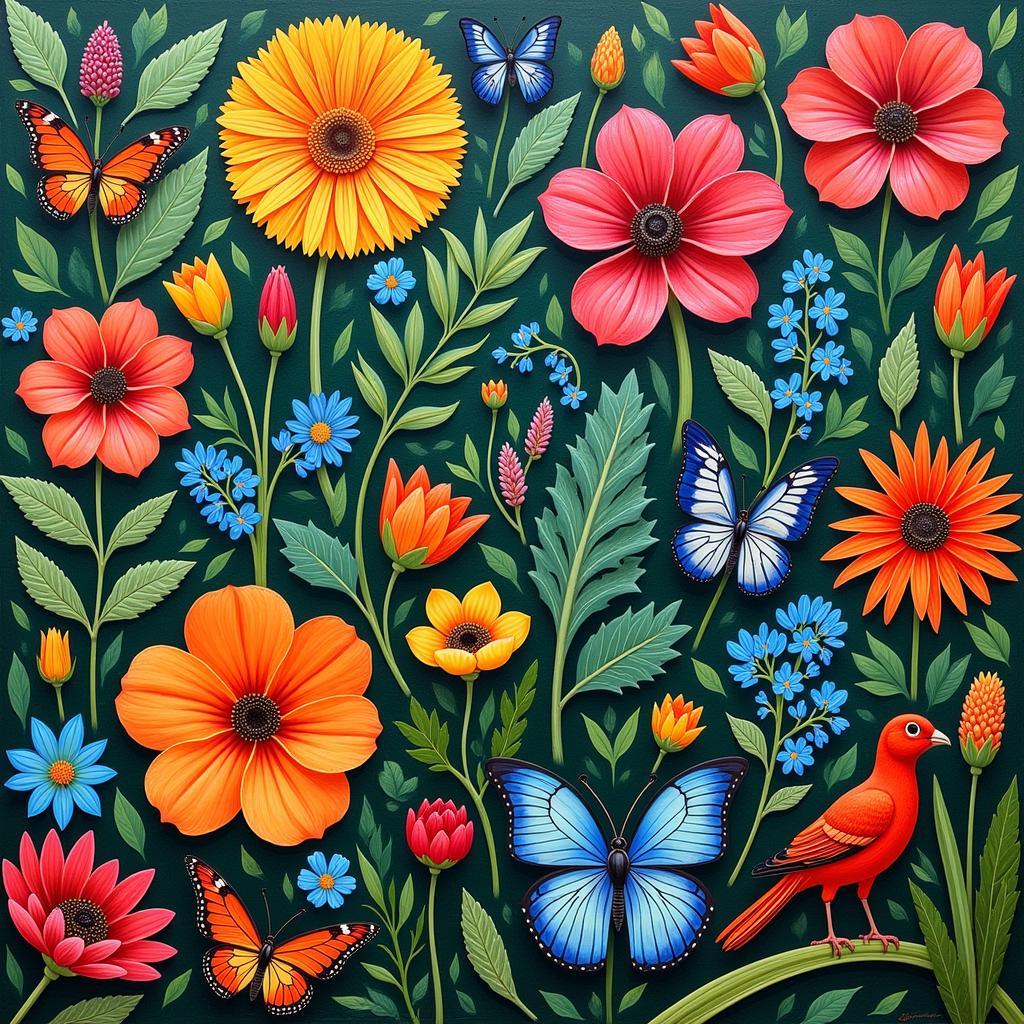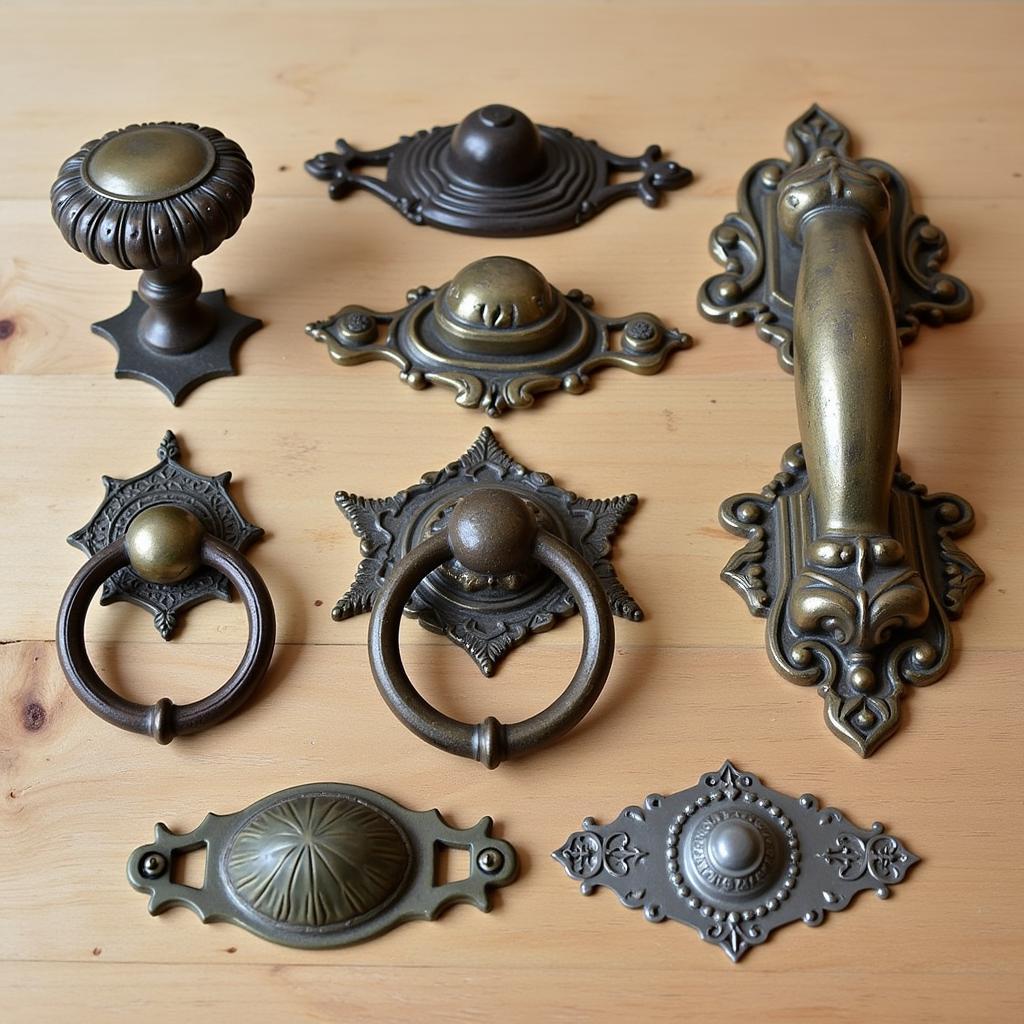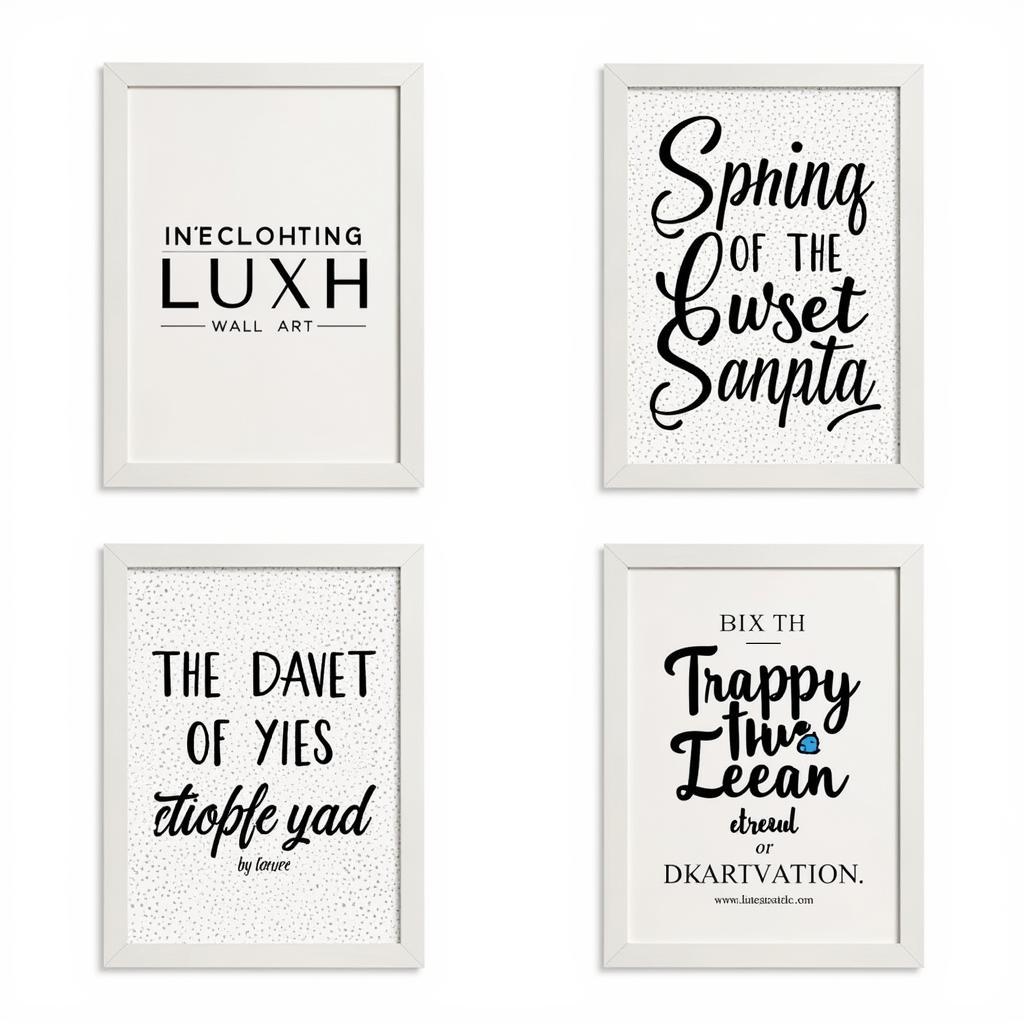Discovering the Vibrant World of Amate Mexican Art
Amate Mexican Art, a captivating blend of ancient traditions and contemporary expressions, offers a unique window into the rich cultural heritage of Mexico. From its intriguing origins rooted in pre-Hispanic bark paper to its modern evolution as a vibrant art form, amate paintings tell stories, preserve history, and ignite the imagination. This art form continues to fascinate and inspire art enthusiasts and collectors worldwide. Let’s delve into the captivating world of amate Mexican art and uncover its unique charm.
The Ancient Roots of Amate Paper and Amate Mexican Art
Amate paper, the very foundation of amate Mexican art, holds a history as rich and textured as its surface. Its origins trace back to pre-Columbian Mesoamerica, where it was used for codices, rituals, and communication. Unlike traditional paper derived from wood pulp, amate is crafted from the inner bark of fig and mulberry trees, a process that has been passed down through generations. The Nahuatl word “amatl” literally means “fig tree,” highlighting the intrinsic connection between the material and its arboreal source. While the Spanish conquistadors initially suppressed the production of amate, recognizing its significance in indigenous culture, the tradition persevered in remote communities.
What is unique about amate Mexican art? Its distinct texture and earthy tones provide a unique canvas for artists. The process of creating amate is a labor of love, involving boiling the bark, pounding it into fibers, and then carefully layering it to form sheets. This handmade quality imbues each piece of amate art with a unique, organic feel, setting it apart from art created on conventional paper or canvas.
Exploring the Themes and Styles of Amate Mexican Art
Amate Mexican art encompasses a diverse range of themes and styles, reflecting the rich tapestry of Mexican culture. Often, artists draw inspiration from nature, depicting vibrant flora and fauna, as well as scenes from daily life in rural communities. Mythological creatures and deities from pre-Hispanic traditions also frequently appear in amate paintings, creating a fascinating interplay between the ancient and the contemporary.
What are some common themes in amate paintings? Nature, daily life, and mythology are prevalent, showcasing the deep connection between the artists and their cultural heritage. From intricate depictions of hummingbirds and jaguars to vibrant portrayals of market scenes and festivals, amate art offers a glimpse into the heart of Mexico. The use of bold colors, intricate patterns, and stylized figures further enhances the visual appeal and storytelling power of these artworks.
 Amate Painting Depicting Nature Scenes
Amate Painting Depicting Nature Scenes
Amate Mexican Art in the Modern World
Today, amate Mexican art has transcended its traditional roots and gained recognition on the global stage. While the techniques and materials remain largely unchanged, contemporary amate artists are experimenting with new styles and themes, pushing the boundaries of this ancient art form. The growing popularity of amate art has also helped to support indigenous communities and preserve their cultural heritage.
How is amate Mexican art evolving? Contemporary artists are incorporating modern elements and experimenting with different styles while still honoring the traditional techniques and materials. This fusion of old and new is breathing fresh life into amate art, attracting a new generation of artists and collectors.
Collecting and Appreciating Amate Mexican Art
Collecting amate Mexican art is not only a rewarding experience but also a way to support the artists and their communities. Whether you are a seasoned collector or a newcomer to the world of amate, each piece offers a unique story and a glimpse into the rich cultural heritage of Mexico. When choosing amate art, consider the themes, styles, and the artist’s individual expression.
What should I look for when buying amate art? Consider the quality of the amate paper, the artist’s skill, and the themes that resonate with you. Each piece is a testament to the enduring power of tradition and the creative spirit of the artists.
Conclusion: Embrace the Beauty of Amate Mexican Art
Amate Mexican art, with its deep-rooted history and vibrant contemporary expressions, offers a captivating journey into the heart of Mexican culture. From its ancient origins to its modern evolution, amate continues to inspire and enchant. Explore the world of amate Mexican art and discover the unique beauty and storytelling power it holds.
FAQ
-
What is amate paper made of? Amate paper is made from the inner bark of fig and mulberry trees.
-
Where does amate Mexican art originate from? It originates from pre-Columbian Mesoamerica.
-
What are common themes in amate art? Common themes include nature, daily life, mythology, and cultural celebrations.
-
Is amate art still practiced today? Yes, amate art is still practiced today and is experiencing a revival in popularity.
-
Where can I buy authentic amate Mexican art? Authentic amate art can be found in galleries, artisan markets, and online platforms specializing in Mexican folk art.
-
What makes amate art unique? Its unique texture, earthy tones, and handmade quality distinguish it from other art forms.
-
How can I care for my amate art? Keep amate art away from direct sunlight and moisture to preserve its colors and texture.
Contact Us
Need assistance? Contact us 24/7:
Phone: 02462573573
Email: danteum@gmail.com
Address: Savico Megamall, 7-9 Đ. Nguyễn Văn Linh, Gia Thụy, Long Biên, Hà Nội 10000, Việt Nam.


